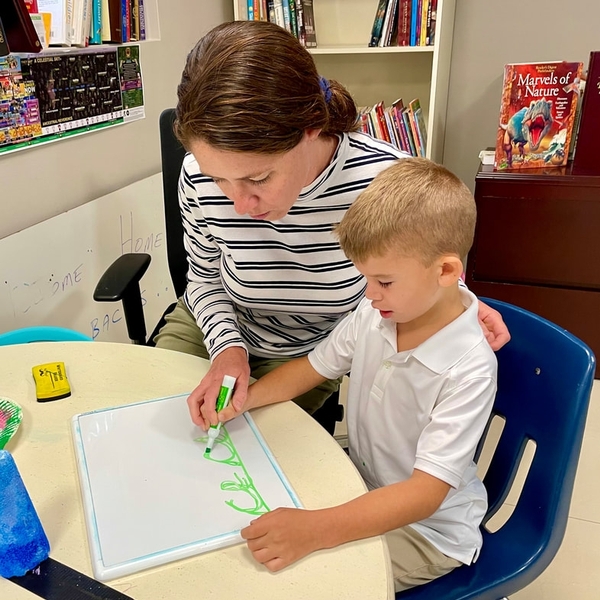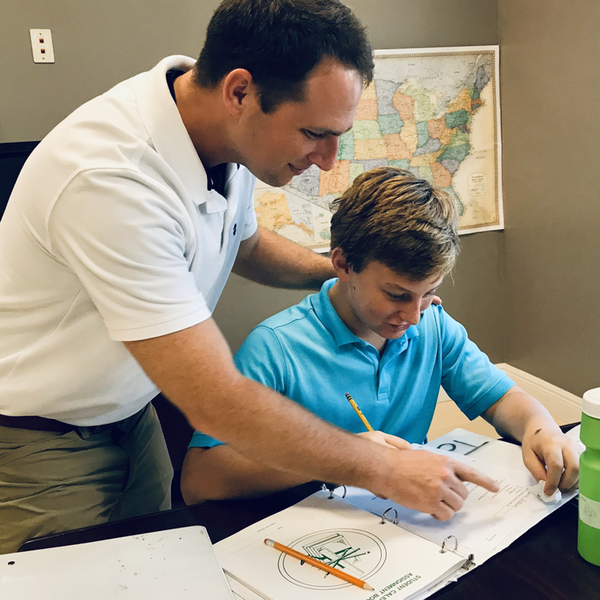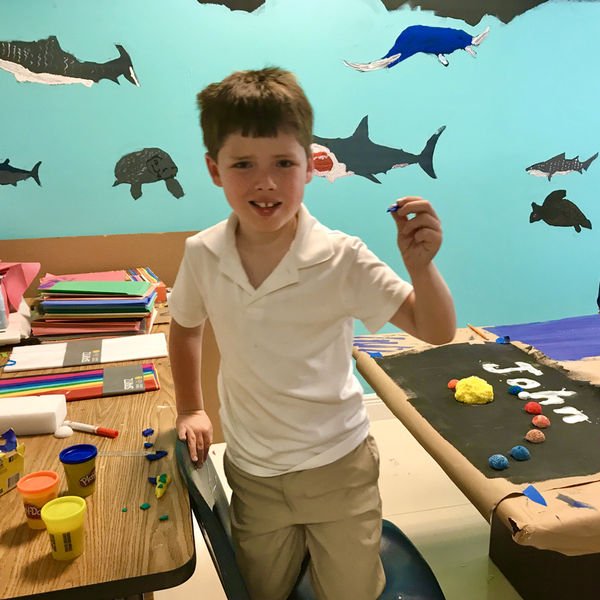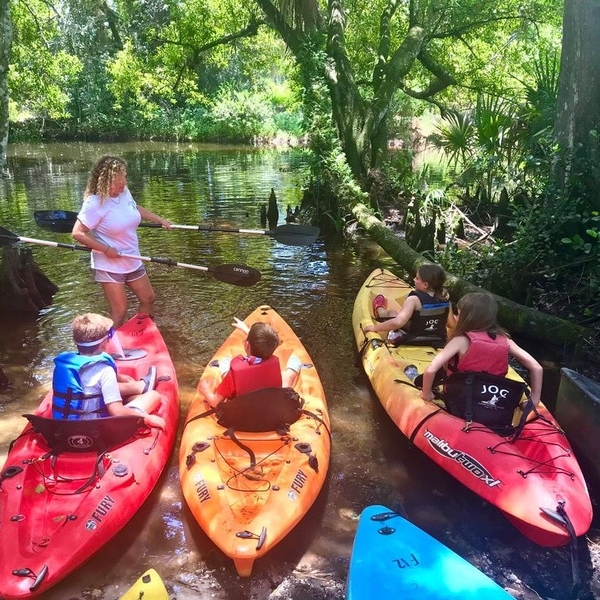Unlock your Child’s Potential
We are a school for Dyslexic Students in the 1st – 8th grades.
Bilgrav School is a special learning environment for children with dyslexia. Our compassionate and highly-trained staff provide comprehensive, interdisciplinary education and services to help your child reach their full potential. Reach out today for more information.

“I try to get the point across that not everybody thinks the same way. There are obvious benefits to being ‘book smart,’ but I think common sense and creativity is just as good (maybe even better).” – USA Today (Quoting Dav Pilkey, author of the Captain Underpants series)
20%
Kids in School have Dyslexia
50%
NASA Employees are Dyslexic
40%
Millionaires are Dyslexic
70%
Graduate from High School
Our Program

Why Choose Us?
We have a holistic approach to education for dyslexic learners that focuses on developing skills beyond just reading and writing. The small class sizes and experienced teachers allow for an academic program tailored to each child's unique needs. Students learn essential skills such as time management, organization, and self-advocacy that build confidence and prepare them for future success. The supportive environment helps dyslexic children thrive and reach their full potential. Overall, this school is the best choice for children with dyslexia in the greater West Palm Beach area.





